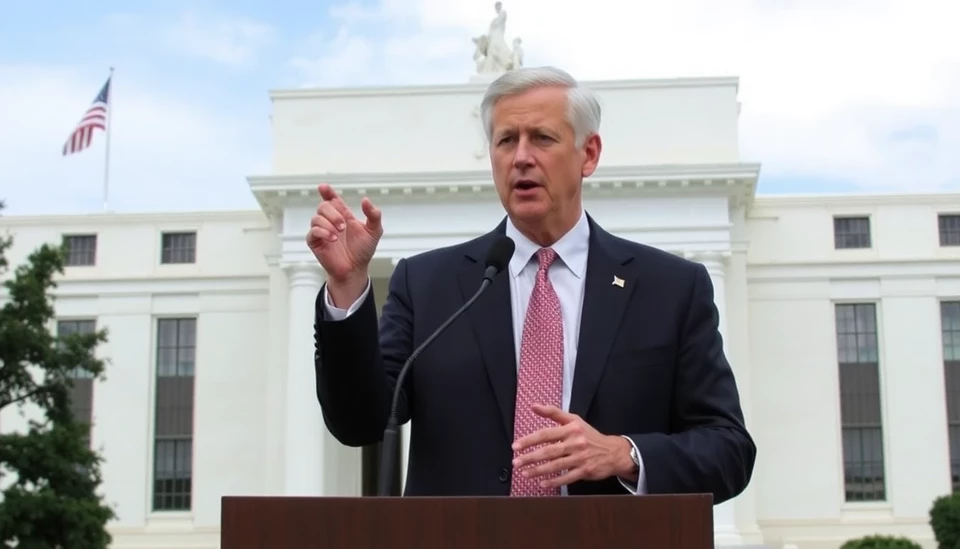
The latest release of the Federal Reserve's Beige Book indicates a pervasive stagnation in economic growth across most regions of the United States. As of mid-October 2024, the Federal Reserve’s report compiled insights from various districts, highlighting that a majority of areas are witnessing minimal changes in economic activity. This raises concerns about the overall stability of the U.S. economy as it prepares to close out the year.
According to the Beige Book, most regions reported “little to no growth,” where economic activities are either flatlining or exhibiting slight increases. This trend reflects a cautious sentiment among businesses, with many hesitating to expand or commit to new investments. Signs of a slowdown are particularly evident in various sectors, including manufacturing and retail, which have traditionally been cornerstones of economic resilience.
The report reveals that consumer spending has remained stable but lacks the vigor seen in previous years. Families are tightening their budgets amidst rising costs of living, which is leading to more selective spending habits. While certain areas, such as technology and energy, may still show some growth, they are not sufficient to pull the broader economy out of its sluggish state.
Labor markets continue to present a mixed picture as well. Several employers are reporting challenges in finding qualified personnel, yet job growth appears to have plateaued in many sectors. Additionally, the rising interest rates are adding pressure, particularly to housing markets, hampering future housing construction and pushing potential buyers to the sidelines.
Moreover, inflation, albeit at reduced levels compared to previous years, still exerts a controlling influence over businesses and consumers alike. Responses from companies reveal ongoing worries about future pricing power and the strain of increased operational costs. This economic climate is causing some businesses to reconsider their sales forecasts and hiring plans as uncertainty lingers.
Despite these challenges, the Beige Book does indicate some bright spots where economic activity has remained more resilient. Regions like the Southwest are observing more robust growth attributed to stronger demand for housing and services, showcasing that the economic landscape is somewhat fragmented. The varying local conditions contribute to differing levels of growth and resilience across the country.
The overall consensus from this Beige Book report suggests that while some sectors retain some momentum, the overarching narrative is one of caution and resilience amidst uncertainty. Economists and policymakers will need to closely monitor these trends to address the broader economic challenges ahead as the nation prepares for the final quarter of 2024.
#FederalReserve #EconomicGrowth #BeigeBook #USEconomy #Inflation #ConsumerSpending #LaborMarket #Manufacturing #Retail #InterestRates
Author: Daniel Foster




